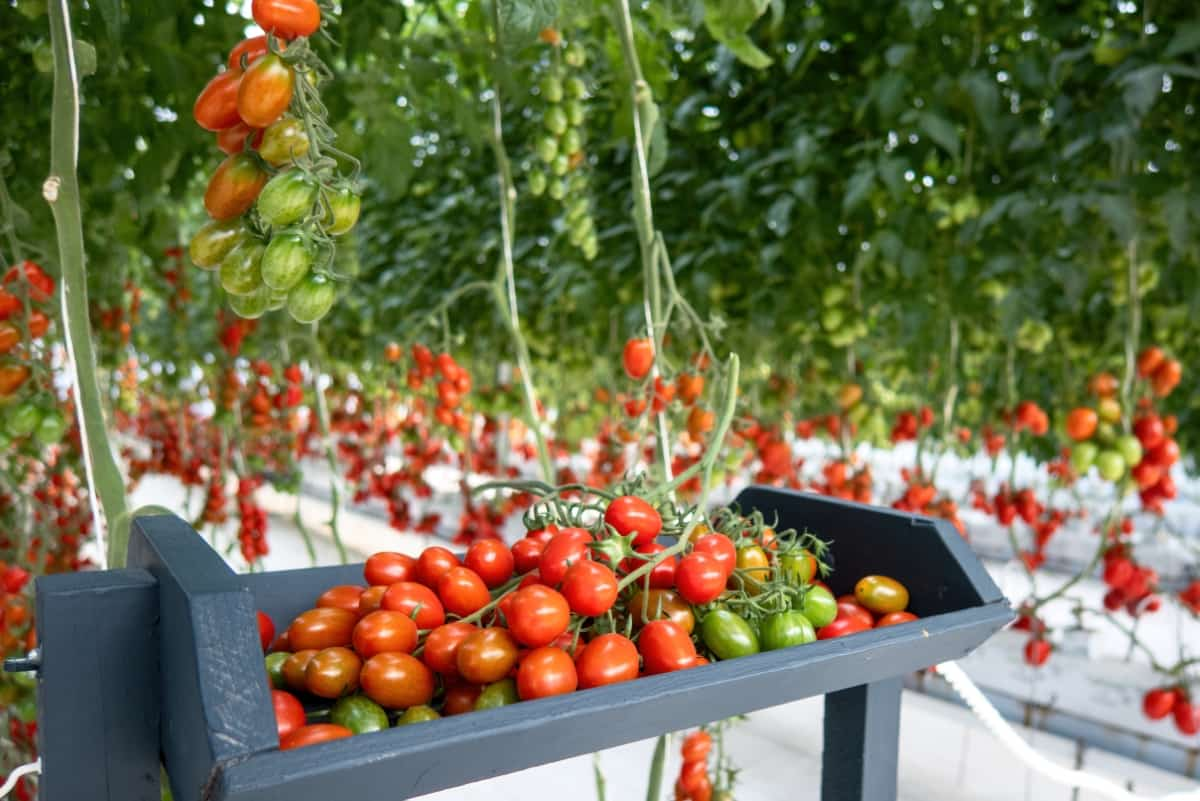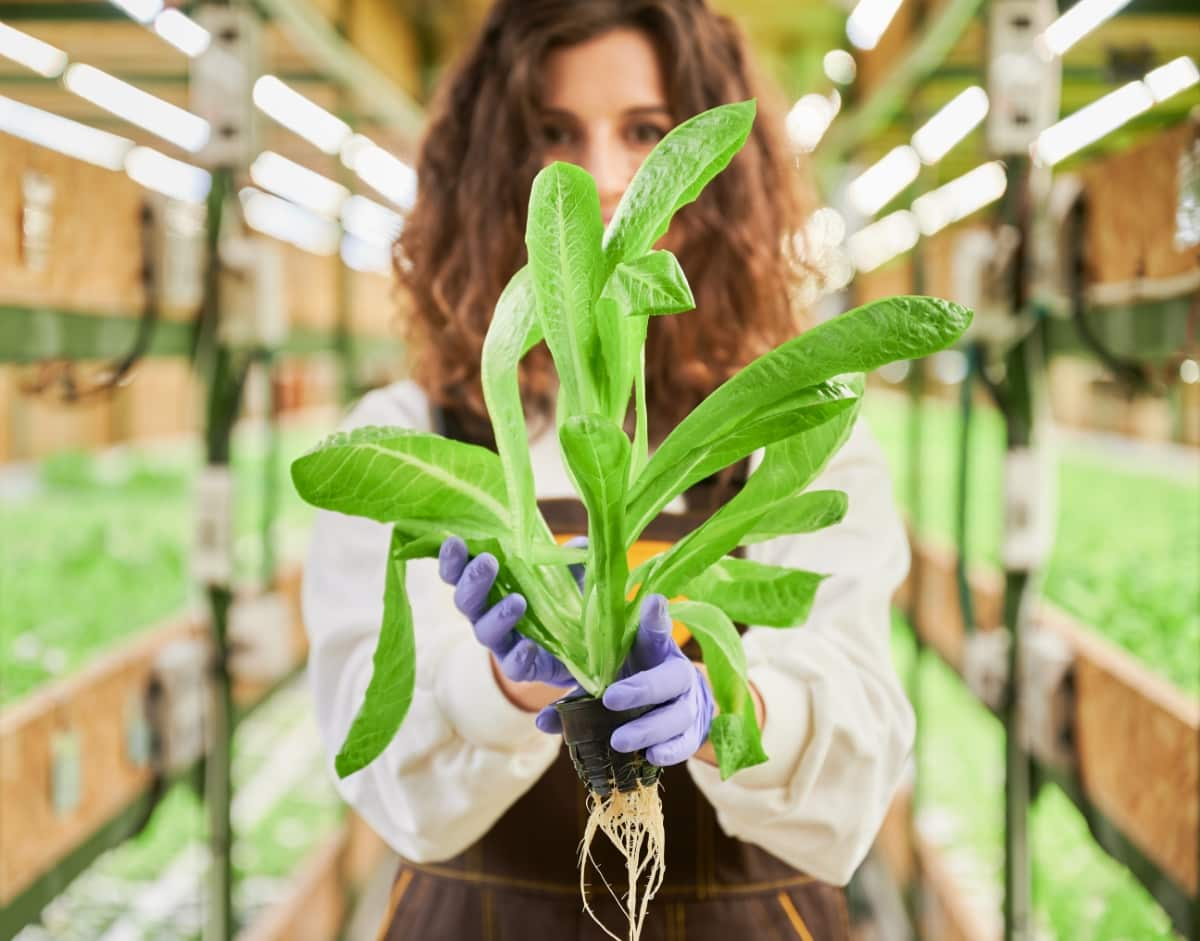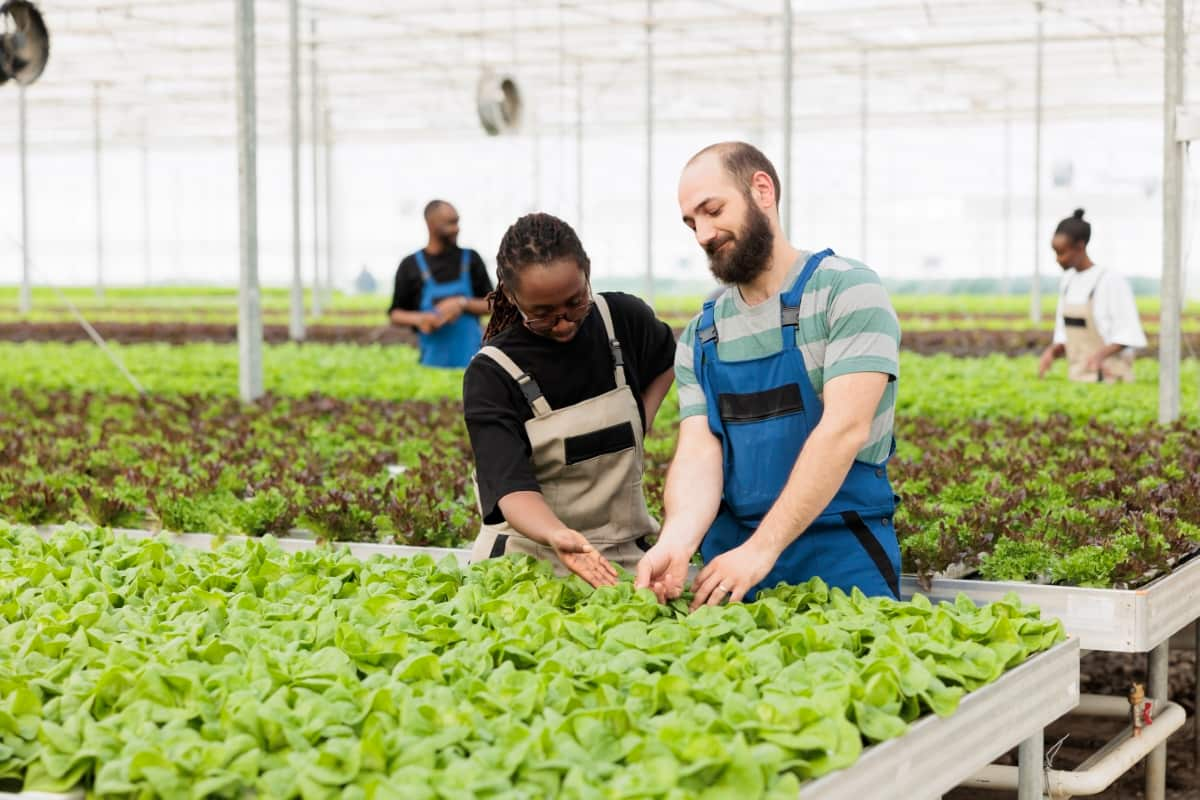Sevin Insect Killer Dust is a popular insecticide that effectively controls various pests in hydroponic systems. Comprising the active ingredient carbaryl, it acts as a broad-spectrum contact and residual insecticide, making it suitable for hydroponic gardening. Ideal for combating pests like aphids, thrips, and spider mites, the Sevin Dust hydroponics application provides reliable protection for your hydroponic plants.

Its dust formulation ensures easy application and adherence to plant surfaces. This guide will detail when and how to apply Sevin Insect Killer Dust in your hydroponic setup, ensuring a pest-free environment and promoting healthy plant growth.
Using Sevin Insect Killer Dust in Hydroponics
Understanding the Benefits of Sevin Dust in Hydroponic Systems: Benefits of Sevin Dust in Hydroponic Gardening
Sevin Dust hydroponics application offers several key benefits in hydroponic systems, making it a valuable tool for pest management. Its broad-spectrum action targets various common pests like aphids, thrips, and spider mites, ensuring comprehensive protection for hydroponic plants. The dust formulation enhances adherence to plant surfaces, promoting efficient coverage.
Sevin insect killer dust for hydroponics acts both as a contact and residual insecticide, providing immediate control while creating a lasting barrier against pests. This dual-action approach is crucial in preventing pest infestations and maintaining a healthy hydroponic environment. Easy application and versatility make Sevin Dust a convenient choice, allowing growers to combat pests effectively and safeguard their hydroponic crops throughout different growth stages.
Step-By-Step Guide to Applying Sevin Dust in Hydroponic Gardens
- As a first step in the Sevin Dust hydroponics application, Identify pests present in your hydroponic garden, such as aphids, thrips, or spider mites.
- Apply Sevin Dust early in the morning or late in the afternoon when the air is calm to minimize drift.
- As precautions for using Sevin insect killer in hydroponics, wear protective clothing, gloves, and a mask to avoid direct contact with the insecticide.
- Fill a handheld duster or applicator with Sevin Dust, ensuring it is clean and free of residues from other chemicals.
- Evenly dust the affected plant surfaces, focusing on the undersides of leaves where most of the pests often reside.
- Reapply as needed, especially after rain or irrigation, to maintain effective pest control.
- Regularly monitor your hydroponic system for pest resurgence, adjusting the frequency of the Sevin Dust application accordingly.
- Store Sevin Dust in a cool, dry place away from children and pets, following the manufacturer’s recommendations.
When to Use Sevin Dust in Your Hydroponic Garden
Apply Hydroponic pest control with Sevin dust insect killer when signs of pest infestation appear. Monitor plants for symptoms like discolored or damaged leaves, sticky residue (honeydew), or visible pests such as aphids and thrips. Early morning or late afternoon is the best time to apply, minimizing environmental impact and allowing the insecticide to work effectively.
In case you missed it: How to Grow Saffron Hydroponically: Best Practices for Hydroponic Saffron

Also, use Sevin insect killer dust for hydroponics preventatively during critical growth stages or before introducing new plants to your hydroponic system. Regularly inspect plant surfaces, especially the undersides of leaves, where pests often hide. A proactive approach ensures optimal pest control, protecting your hydroponic crops and promoting a thriving, pest-free environment.
Mixing Sevin Dust with Water: Tips for Hydroponic Application
Sevin insect killer dust for hydroponics is typically not meant to be mixed with water for hydroponic application, as it is designed to be applied in its dry, dust form. Mixing Sevin dust with water for hydroponic plants may alter its effectiveness and application properties. Instead, the Sevin Dust hydroponics application involves the use of a handheld duster or applicator to distribute the dry Sevin Dust evenly on affected plant surfaces.
Ensure the dust adheres well, particularly on the undersides of leaves where pests often reside. Prioritize safety by wearing protective gear during application. For precise coverage, apply the dust when the air is calm, preferably early in the morning or late in the afternoon. Regular monitoring and reapplication as needed will help maintain effective pest control in your hydroponic garden.
Handling and Applying Sevin Dust in Hydroponics Safely
When handling and applying Sevin insect killer dust for hydroponics herbs or any other plants, prioritize safety measures. Wear protective clothing, including hand gloves and a face mask, to minimize direct contact. Apply Sevin Dust in a well-ventilated area, and avoid windy conditions to prevent inhalation or drift. Use a clean, dedicated handheld duster or applicator to ensure accurate application.
Begin by identifying the targeted pests and focusing on affected areas, especially the undersides of leaves. Apply Hydroponic pest control with Sevin dust insect killer early in the morning or late afternoon when the air is calm. Store the product in a secure, cool, and dry place away from children and pets, following manufacturer guidelines. Regularly inspect plants and reapply as needed, ensuring a pest-free and thriving hydroponic environment.
Frequency and Timing: Optimizing Sevin Dust Application in Hydroponics
- Apply Sevin Dust when pests are present or as a preventive measure during critical growth stages.
- Monitor regularly and reapply as needed, especially after rainfall or irrigation, which may wash away the dust.
- Apply Sevin insect killer dust for hydroponics at the first sign of pest infestation. Early intervention prevents pest populations from escalating, ensuring more effective control.
- Treat plants with Sevin Dust during vulnerable stages, such as seedling or flowering, to safeguard against potential pest damage.
- Apply Sevin Dust during calm weather conditions to minimize drift and enhance adherence. Early morning or late afternoon applications are ideal.
- Regularly inspect plant surfaces, especially the undersides of leaves, to detect pests early and adjust application frequency accordingly.
In case you missed it: How to Use Neem Oil in Hydroponic Gardening: Organic Pest Control in Hydroponic Farming

Impact on Plant Health: Understanding Sevin Dust’s Effect in Hydroponic Systems
Sevin insect killer dust for hydroponics vegetables, when used judiciously, can effectively control pests without significant harm to plant health. The insecticide’s active ingredient, carbaryl, acts on the nervous systems of pests while having a lower impact on plants. However, it is advisable to follow recommended application rates and guidelines to prevent potential phytotoxicity.
Regular monitoring for signs of stress or adverse reactions in plants is essential. When applied correctly, Sevin Dust helps maintain a balance by controlling pests, protecting hydroponic crops, and promoting overall plant health. Consider alternative pest control methods and integrate Sevin Dust strategically to minimize any potential impact on the hydroponic environment.
Troubleshooting Common Issues when Using Sevin Dust in Hydroponics: Drawbacks of Sevin Dust in Hydroponic Gardening
Common issues when using Sevin Dust in hydroponics include overapplication, leading to phytotoxicity, inadequate pest control, or improper timing. To troubleshoot, ensure precise Hydroponic pest control with Sevin dust insect killer using a handheld duster, following recommended rates.
Monitor for signs of stress in plants, adjusting frequency accordingly. Address environmental factors like wind or rain, which may affect application effectiveness. Consider rotating with alternative pest control methods to prevent resistance. Regularly inspect plant surfaces and intervene early to maintain a healthy hydroponic environment while effectively managing pests.
In case you missed it: 10 Best Hydroponic Farming Liquid Fertilizers for Better Growth and Yield

Conclusion
In conclusion, Sevin insect killer dust for hydroponics proves to be a valuable asset in hydroponic gardening, offering efficient pest control without compromising plant health. By following the recommended application techniques, timing, and safety precautions outlined in this guide, hydroponic enthusiasts can safeguard their crops effectively. The strategic use of Sevin Dust ensures a thriving and pest-resistant hydroponic environment, fostering optimal plant growth and yield.
- Feed Your Flock for Less: Top 10 Tips to Save on Chicken Feed
- Ultimate Guide to Ossabaw Island Hog: Breeding, Raising, Diet, and Care
- Hatching Answers: The Top 10 Reasons Your Chickens Aren’t Laying Eggs
- Eggs and Economics: Breaking Down the Cost of Raising Backyard Chickens
- Defend Your Greens: Proven Methods to Keep Iguanas Out of Your Garden
- Ultimate Guide to Cinnamon Queen Chicken: A Comprehensive Guide for Beginners
- Ultimate Guide to California Tan Chicken: Breeding, Raising, Diet, Egg-Production and Care
- Ultimate Guide to Marsh Daisy Chicken: Breeding, Raising, Diet, and Care
- 10 Types of Chicken Farming Businesses You Can Start for Profits